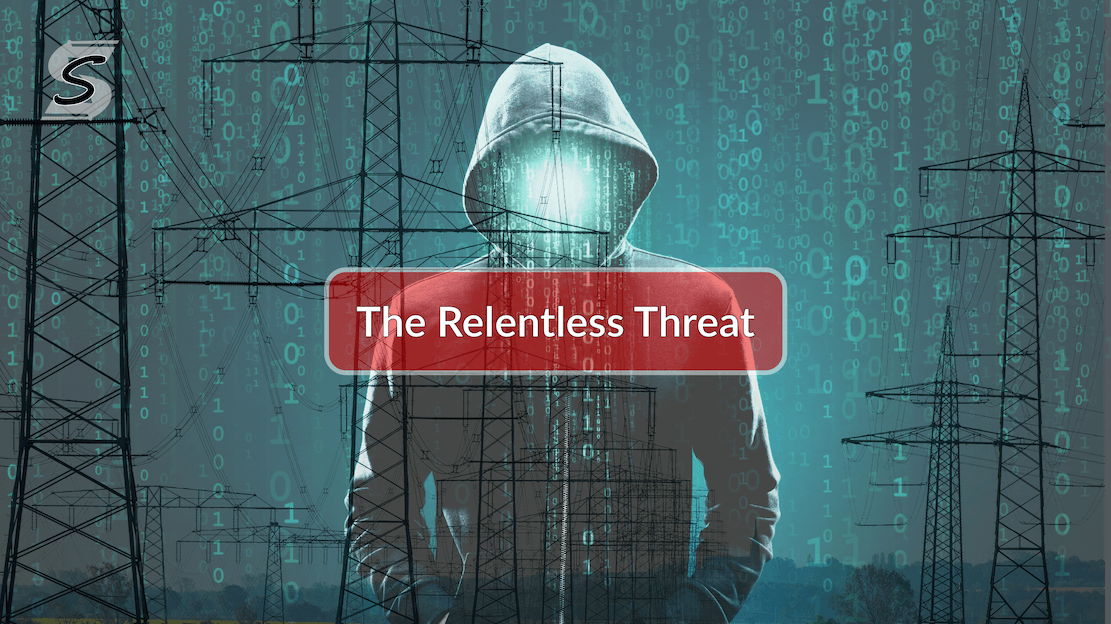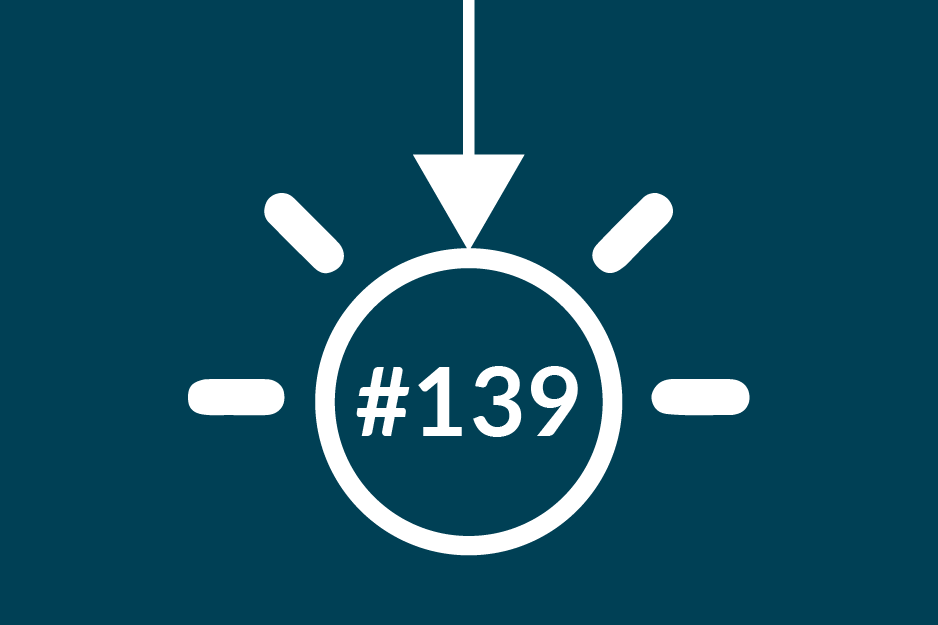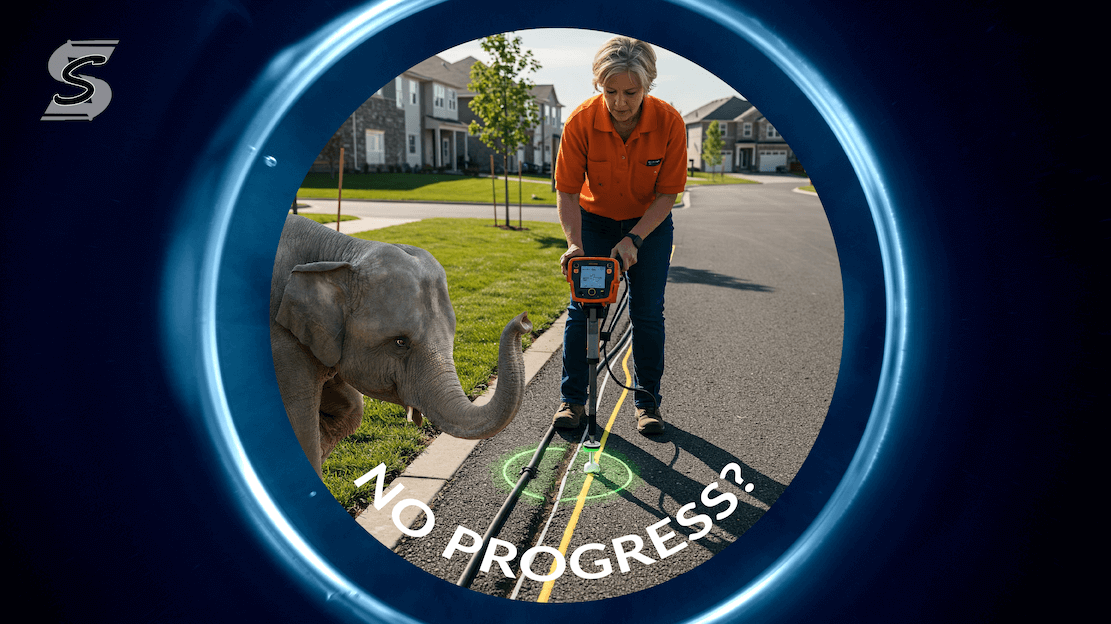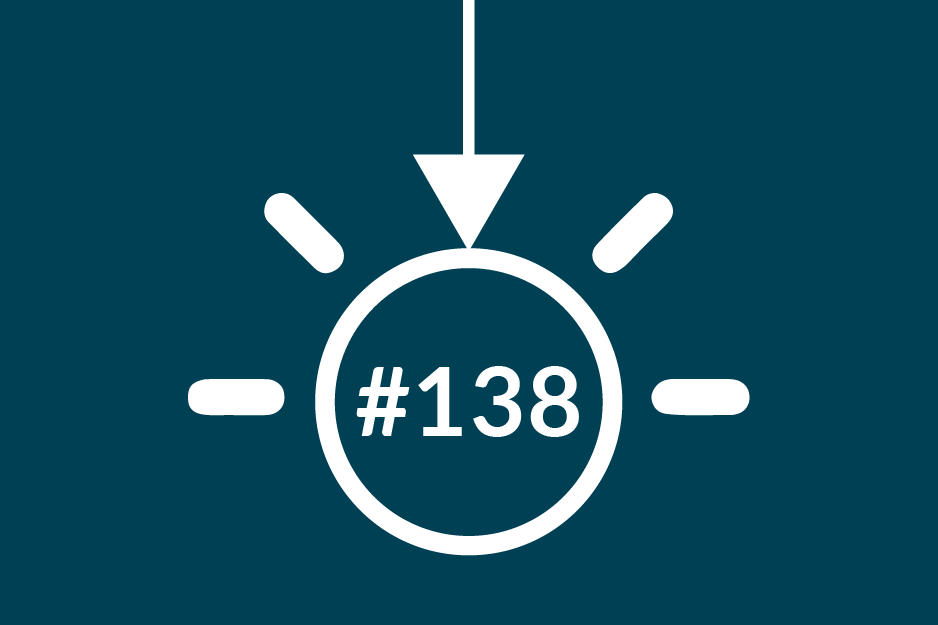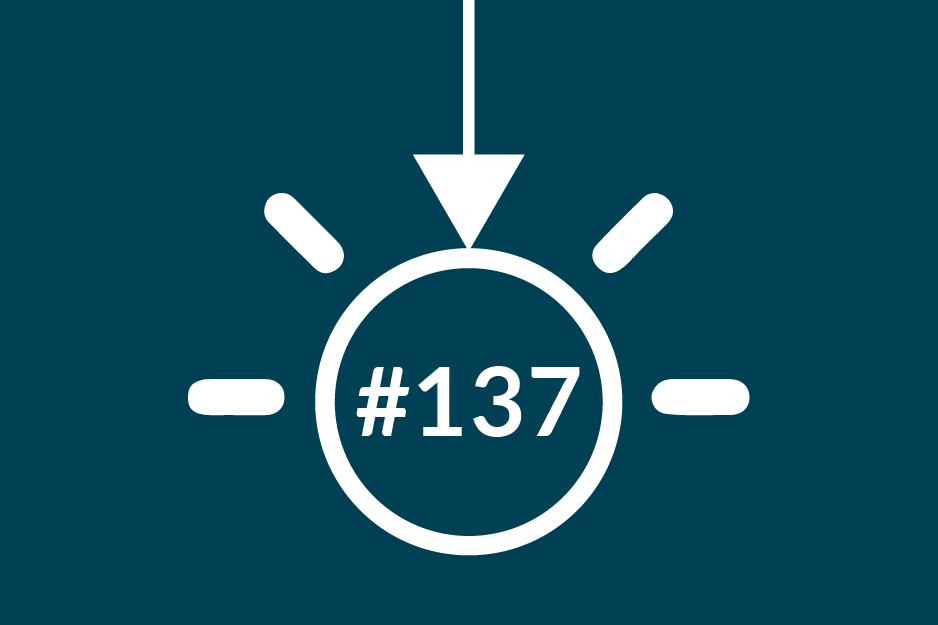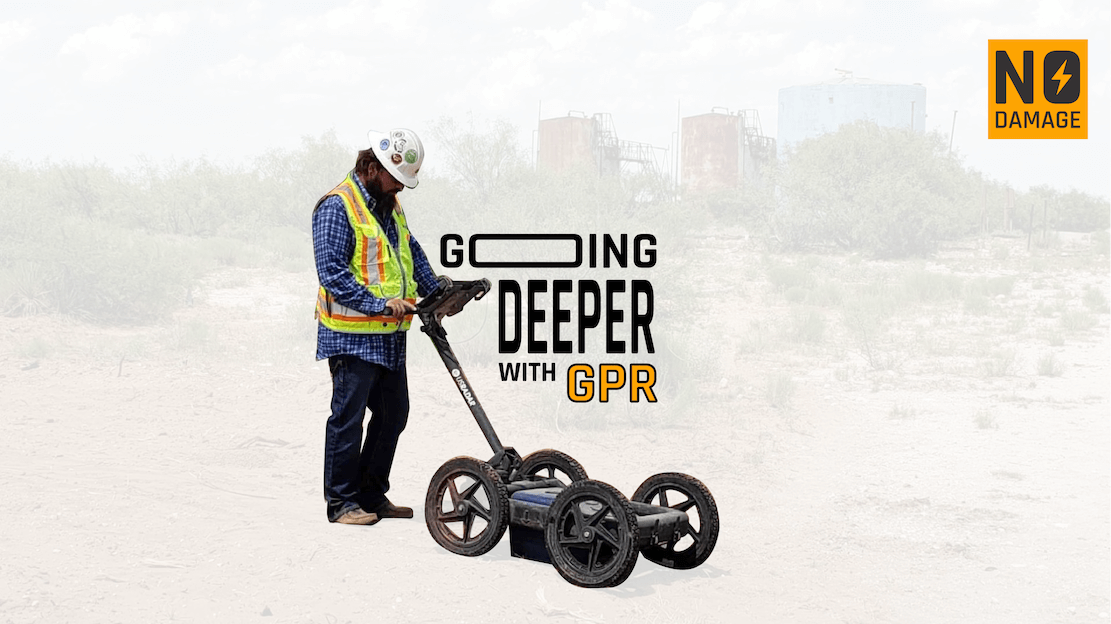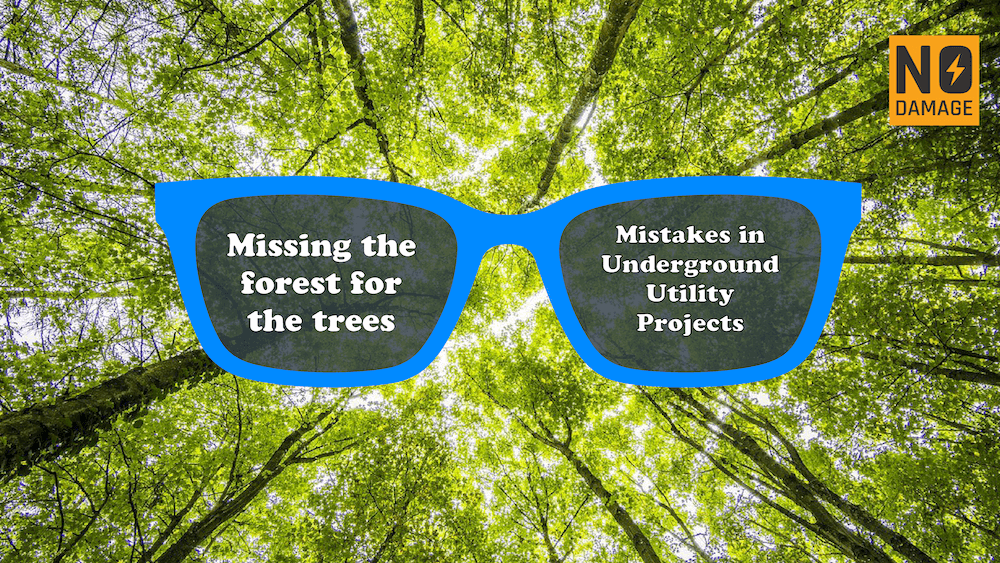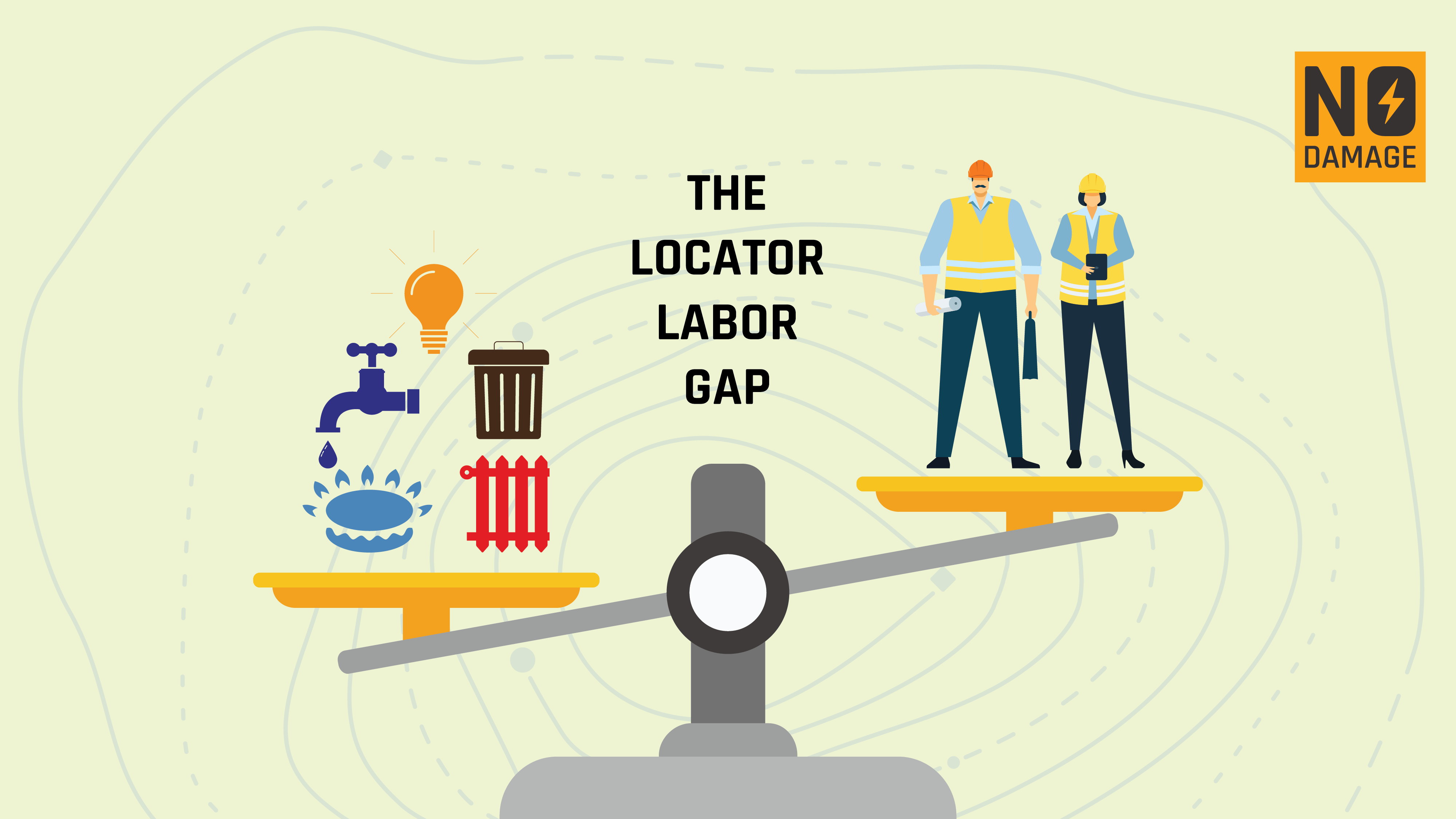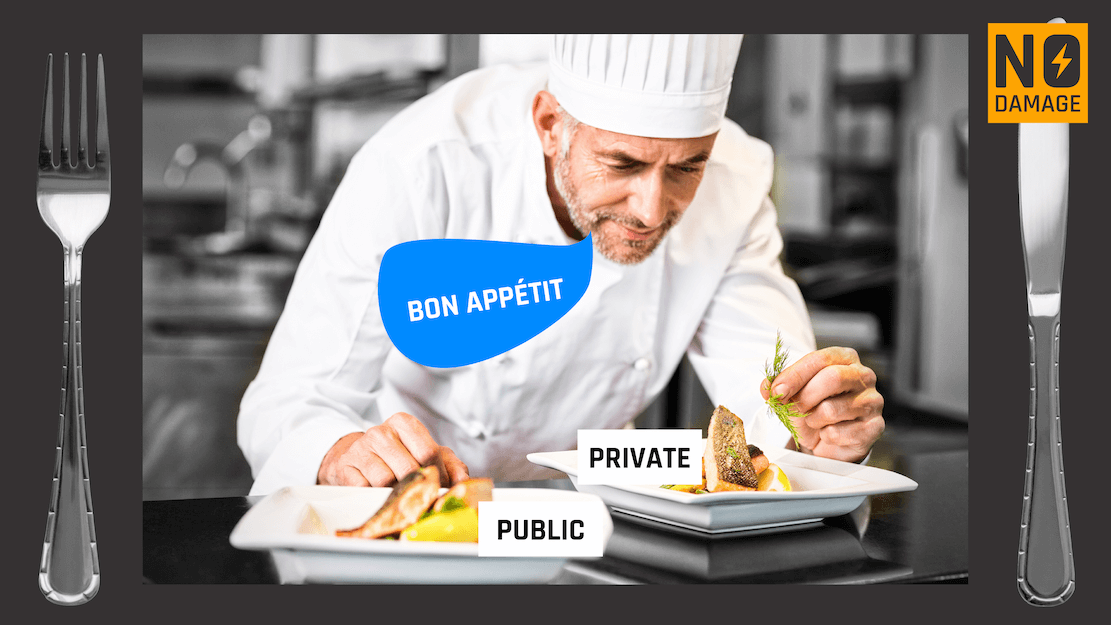
Imagine walking into a restaurant and telling the chef, "I'm hungry. Can you make me something?" Without any specifics, the chef embarks on a culinary adventure, asking numerous questions about your preferences, allergies, and dietary restrictions. They ponder the ingredients available, the season, and even recall your past visits. After much deliberation and several taste tests, the chef finally serves you a grilled chicken salad with quinoa and freshly baked bread.
Now, picture a different scenario. You walk into the same restaurant and say, "I'd like the grilled chicken salad from the menu, please." With this clear request, the chef immediately knows what ingredients to use and how to prepare the dish, making the process quick and straightforward.
These two scenarios mirror the process of public and private utility locates. Public locates, initiated through systems like 811, are akin to ordering a standard dish from the menu. These locates focus on identifying and marking utilities owned by public entities—electric, gas, water, and telecommunications lines. Public locates follow a set process and ensure that major infrastructure is protected during excavation projects, just as ordering from the menu ensures you get a reliable, well-prepared dish. That doesn’t mean that they’re always easy but that they’re more formulaic and in theory repeatable.
Private locates, on the other hand, involve identifying utilities that are privately owned and not covered by public locates. This includes lines within private properties, such as those running from a main building to outbuildings, irrigation systems, and private fiber optic lines. Private locating is akin to asking the chef to prepare a custom dish based on your specific dietary needs and preferences. It fills in the gaps left by public locates, providing a comprehensive understanding of all underground utilities on a site.
When a client lacks detailed information about underground utilities and simply requests a complete locate, the process becomes akin to the first restaurant scenario. Without specific guidance, utility locators must conduct a thorough investigation, covering all possibilities to ensure nothing is missed. This approach, while comprehensive, is more time-consuming and costly. When a client provides specific information you start to be able to close the gap between and the process becomes much more efficient. Information such as existing public utility locates (from 811), historical drawings, and insights from facility maintenance makes the process quicker, more efficient, and ultimately more cost-effective because you’re giving the locator more knowledge to start their process. Ticket management systems like Utilocate can ingest this data too and offer insights such as depths or hookup points.
Public and private utility locates are complementary, much like a well-coordinated kitchen where standardized menu items and custom dishes work together to create a complete dining experience. Public locates provide the foundational elements, ensuring major utilities are identified and marked. This is akin to the chef knowing the standard menu items that are always available and necessary for common dishes. These public locates are crucial for any excavation project, ensuring that essential services remain uninterrupted.
Private locates build on this foundation by identifying additional utilities that are not covered by public locates. Just as a chef would need to know specific dietary preferences to create a custom meal, private locators need detailed site-specific information to identify all utilities present. This comprehensive approach ensures a complete understanding of the underground environment, preventing accidental damage to both public and private assets.
Utilizing ticket management systems like Utilocate can enhance the efficiency and effectiveness of both public and private locating efforts. These systems streamline the process by managing locate requests, tracking the status of tickets, and providing detailed records of completed locates. They allow for better coordination between public and private locators, ensuring that all relevant utilities are accounted for and marked before any excavation begins. It's like having an organized kitchen where all orders are tracked and coordinated, ensuring timely and accurate meal preparation.
Furthermore, incorporating Subsurface Utility Engineering Quality Level A (SUE QL-A) can significantly enhance the reliability and accuracy of utility data. SUE QL-A involves the precise location of underground utilities through methods such as vacuum excavation. This process confirms the exact position, type, and depth of utilities, providing a level of certainty that desk-based methods alone cannot achieve. And to stretch out my culinary allegory even further, it's like the chef not only knowing the recipe but also having the freshest, most accurately sourced ingredients, ensuring the final dish is both delicious and safe to consume.
In summary, the key to effective utility locating lies in the combination of public and private efforts, complemented by advanced techniques like SUE QL-A. Public locates provide the necessary groundwork by marking publicly owned utilities, while private locates ensure that all additional utilities are identified. By leveraging detailed information, utilizing advanced tools like Utilocate, and confirming data with SUE QL-A, we can ensure a thorough and efficient approach to utility locating. Whether dealing with a major construction project or a small residential excavation, combining these methods provides the most comprehensive protection and peace of mind, much like a well-coordinated kitchen guarantees a satisfying dining experience.
Share this Post


